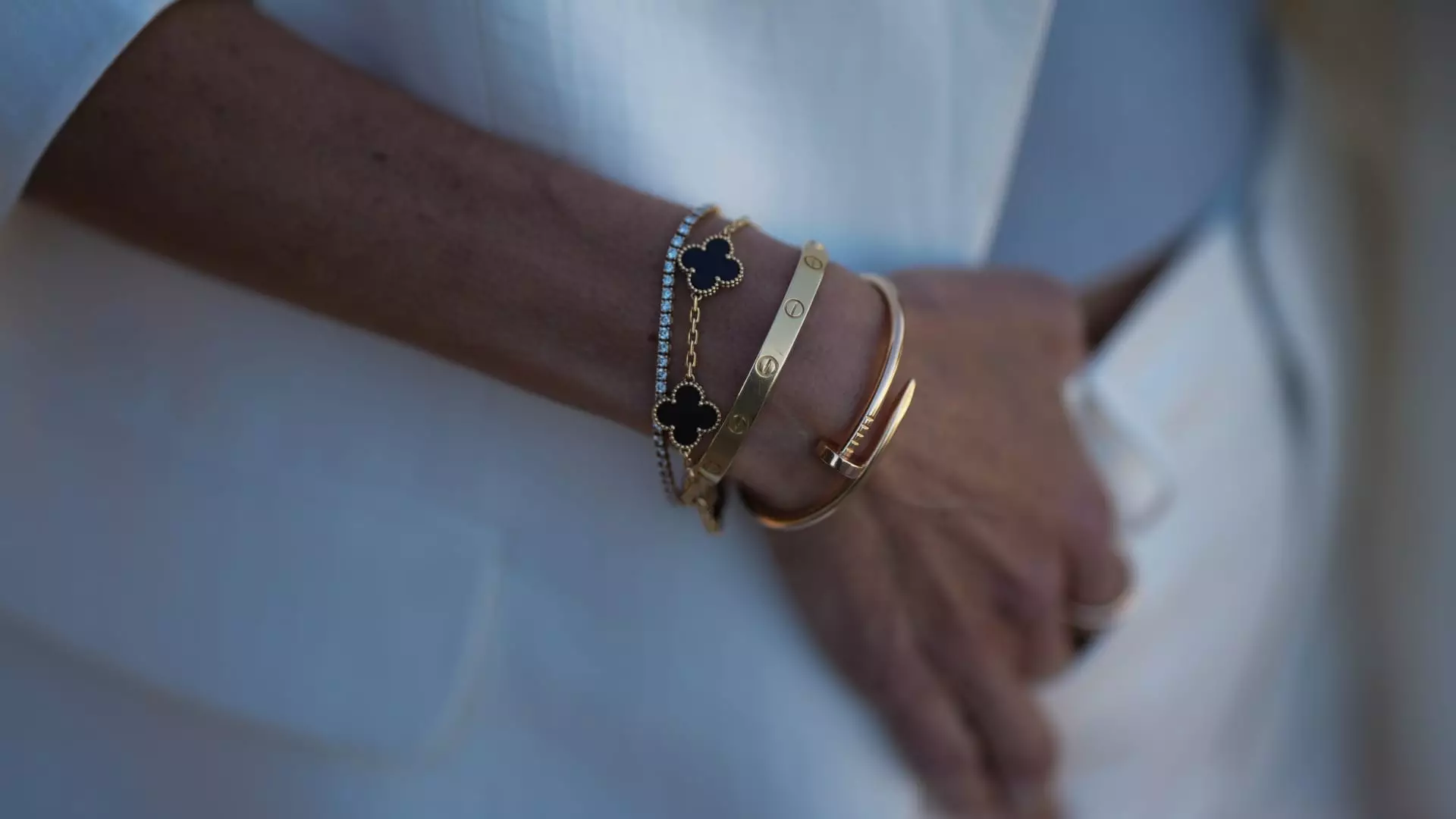The narrative of a burgeoning turnaround in luxury retail for 2025 has proven to be a mirage rather than a genuine market renaissance. Initially, optimistic forecasts were fueled by a robust holiday shopping season and post-election euphoria, promising a rebound after years of uncertainty. However, the cold, hard data reveals a starkly different picture: U.S. credit card spending on luxury goods has not only stagnated but has actually contracted during the initial five months of 2025 compared to the same period last year.
This pattern should be a wake-up call for industry stakeholders. The glitz and glamor of luxury shopping often obscure the underlying economic fragility affecting consumers’ purchasing power. The supposed recovery is fragile at best, heavily dependent on selective categories like jewelry, which stubbornly outperform other segments but cannot alone sustain the broader luxury market. The fact that overall luxury spending declined, even marginally, signals a more systemic issue—not a resurgence but a cautious retreat by consumers amid economic uncertainty.
Unequal Fortunes Within the Luxury Sector
Diving deeper into the data exposes glaring inequalities. Jewelry emerges as the rare bright spot, experiencing consistent growth both in average spending and in the number of individual buyers. While high-end brands grapple with a slight customer attrition—losing around 2.7% of their clientele—the remaining customers are spending significantly more, with an 11.7% increase on average. This dynamic suggests that the affluent core of luxury consumers is becoming more exclusive and wealthier, yet the broader market is not sharing in this prosperity.
This selective spending behavior hints at a neoliberal consumerscape where luxury becomes a class marker, accessible primarily to those with ample disposable income and specific emotional or perceived intrinsic value. Jewelry’s perceived role as an investment—bolstered by surging gold prices—further underscores this trend. People are increasingly viewing jewelry as a store of wealth, a safe haven amid economic instability rather than merely a fashion statement.
The narrative here is not one of widespread revival but of a polarized market where the affluent justify their purchases based on intrinsic value and emotional significance rather than convenience, style, or innovation. It raises questions about the sustainability and inclusivity of the luxury market—are we heading toward an even more elitist space driven by financial motives, rather than genuine desire or aesthetic innovation?
The Illusion of Growth in Watches and Handbags
Luxury watches, often seen as a barometer for affluence and timeless status, have shown some growth—yet this is not as robust or consistent as headlines suggest. While overall spending increased by nearly 15%, top-tier brands experienced a 10% decline in May compared to 2024, indicating volatility and underlying fragility in this segment.
Much of the recent activity appears to be driven by external factors—retailers stocking up and manufacturers rushing to meet demand in reaction to tariff threats and geopolitical tensions rather than organic consumer enthusiasm. These tactical responses do little to address the fundamental issues: stagnant real wages, inflation, and a large number of consumers preoccupied with economic survival.
Similarly, handbags, which have long been a staple of luxury consumption, have seen sharp price hikes without a commensurate increase in consumer value. These brands, once praised for innovation and design evolution, now offer little in terms of breakthrough styles. The market’s stagnation in this category underscores a broader problem—luxury fashion has become monotonous, predictable, and disconnected from the needs and desires of the average consumer.
The Underlying Economic Strains and Future Threats
While some signals hint at a spark of renewed confidence, they are superficial and unlikely to endure. The recent uptick in luxury spending may be largely driven by tactical inventory tactics and fleeing stockpiles rather than genuine optimism about the economy. The dollar’s decline and geopolitical tensions paint a precarious picture.
The expiration of tariff pauses, the Iran-Israel conflict, and rising oil prices threaten to rekindle economic headwinds. Consumers, especially in the middle and lower tiers of the luxury market, are increasingly vulnerable to shocks that could further suppress discretionary spending. We are witnessing a paradox: despite market rebounds and stock market gains, the broader economic sentiment lingers in uncertainty. This disconnect suggests that the supposed luxury renaissance may be more of a mirage—an illusion created by short-term tactical moves rather than a sign of enduring economic strength.
Yet, the narrative persists that luxury consumers are resilient, motivated by status, sentiment, and perceived intrinsic value. But this optimism is overly simplistic and ignores the deep structural shifts—widening income inequality, inflation disparities, and geopolitical risks—that threaten to derail any genuine recovery. What looks like a comeback on paper is, in reality, a fragile illusion masking profound economic divides and an uncertain future.

